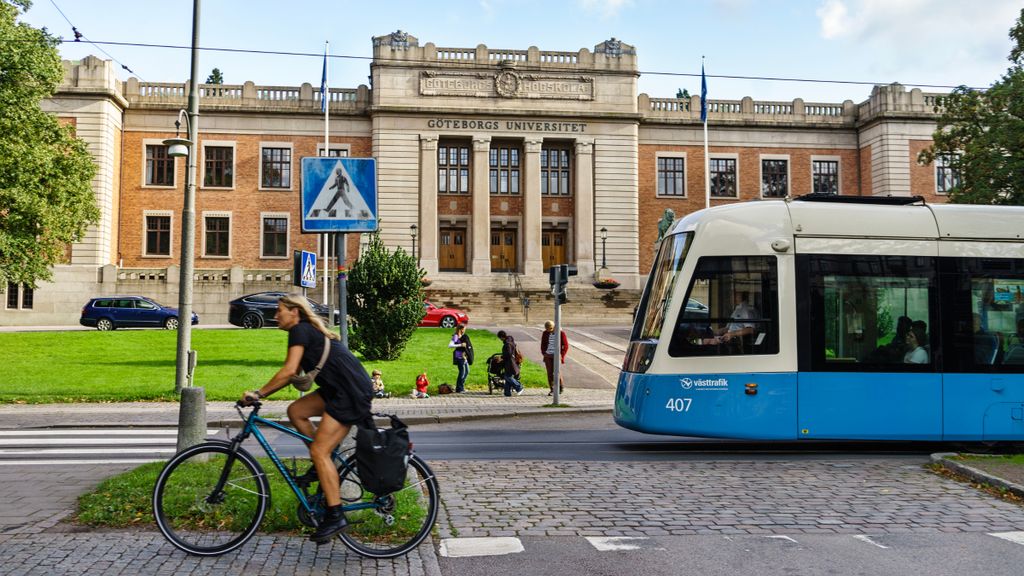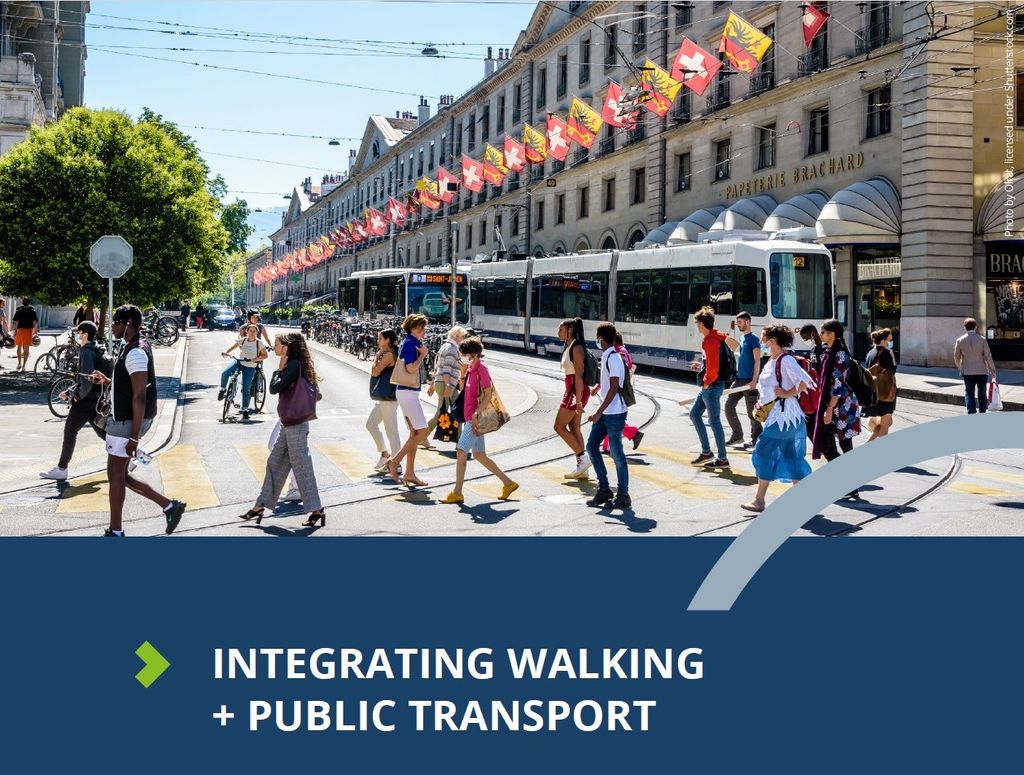
Mobility hubs: Steering the shift towards integrated sustainable mobility
Supporting a people-centred, integrated and coordinated approach to mobility
Mobility is changing before our eyes, with diversification of mobility services and growing numbers of vehicles being electric-powered. On one hand, pavements and kerbs in city centres are becoming increasingly congested with a variety of vehicles and furniture, and on the hand, low population density areas lack mobility options.
Communities demand better quality of life, less-constrained mobility, more liveable neighbourhoods and more equitable access to opportunities and resources. An integrated multimodal mobility system, one that is more responsive to the needs of communities, is often seen as a way of addressing these challenges. But how can we orchestrate it effectively?
That is where the concept of mobility hubs can help. From central stations to neighbourhood hubs, a network of diverse mobility hubs offer physical integration for public transport, shared and active mobility, anchored in the reality of urban, suburban and more-rural areas. They support a people-centred, integrated and coordinated approach to foster more sustainable mobility behaviours.
This paper will help you to understand the variety of hubs and the benefits of organising coherent networks of hubs. The focus on the newest types of mobility hubs will provide concrete examples along with recommendations, particularly for authorities and public transport operators, on how to play a driving role in the shift towards sustainable mobility.
Download the Policy Brief (in French)
Download the Policy Brief (in German)








